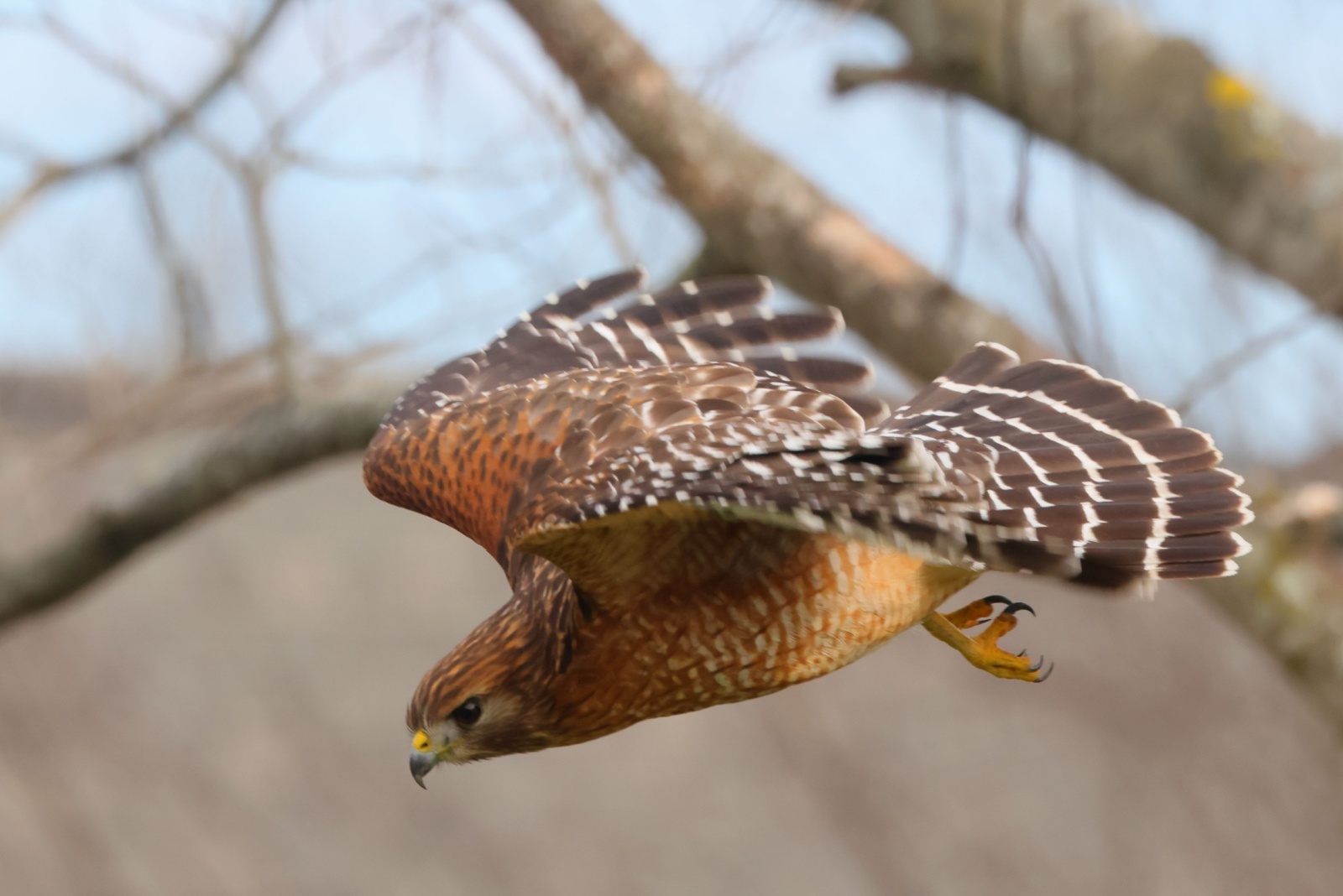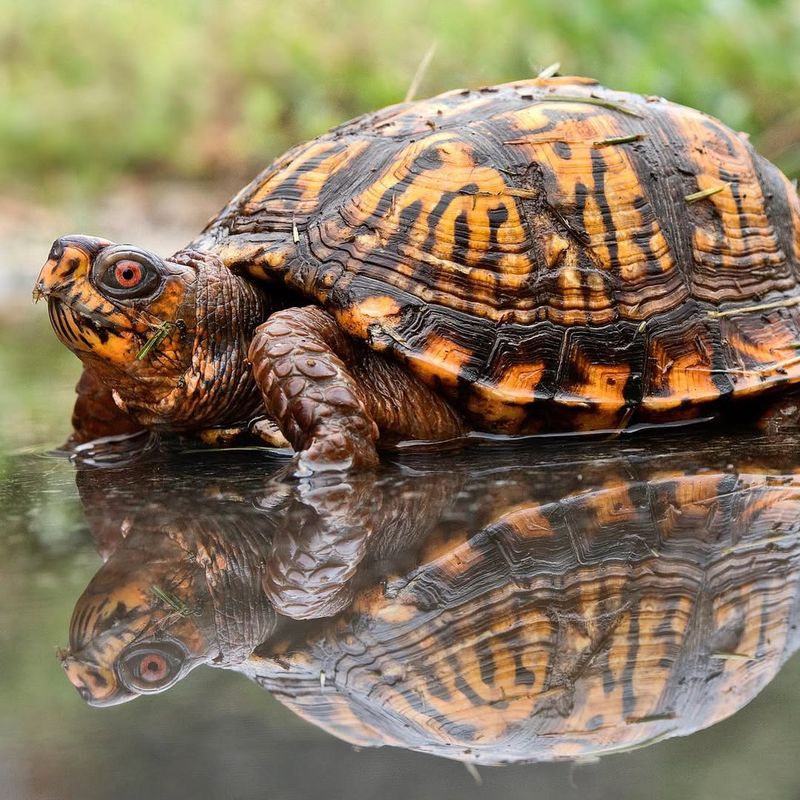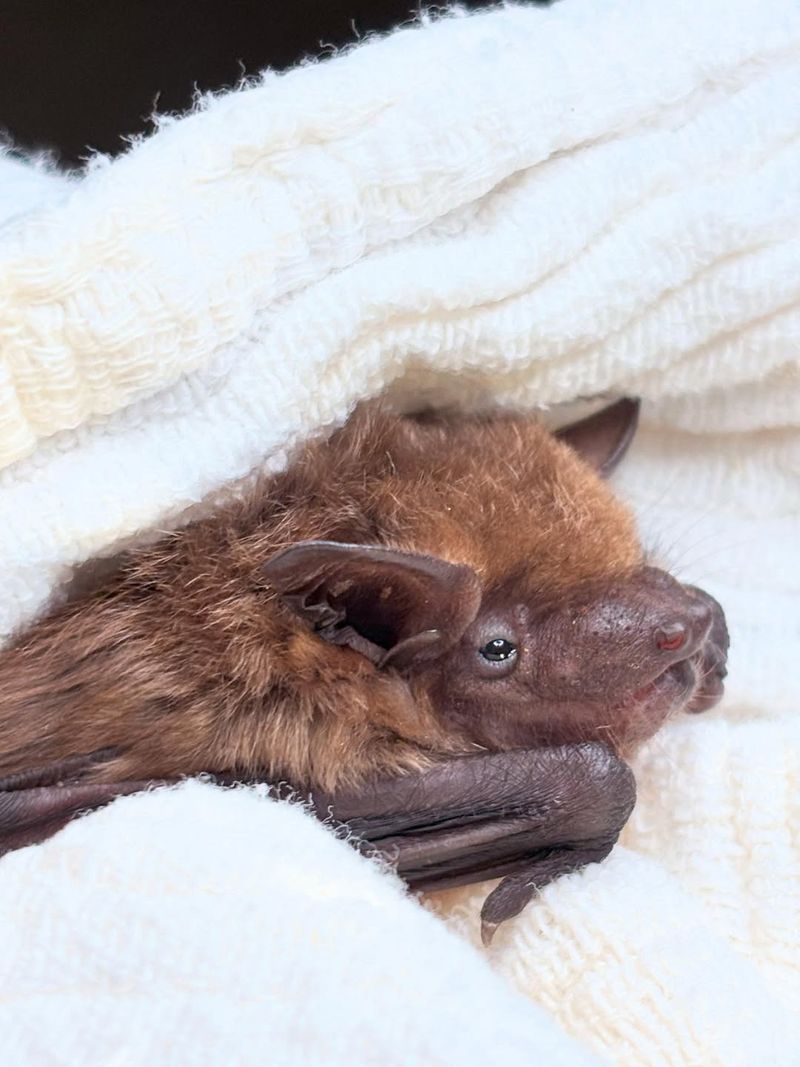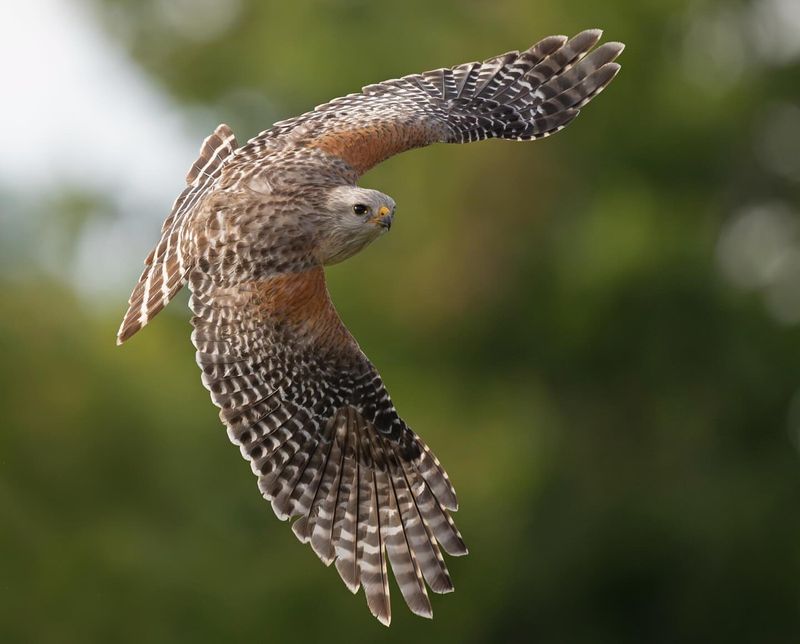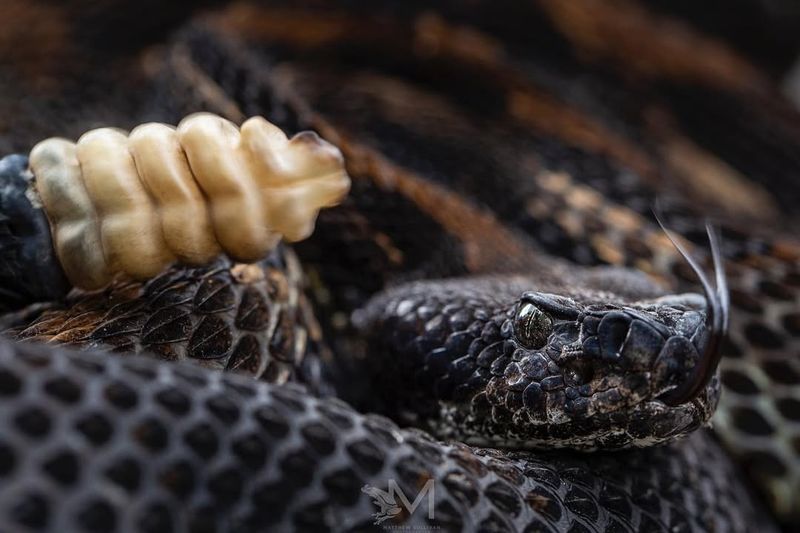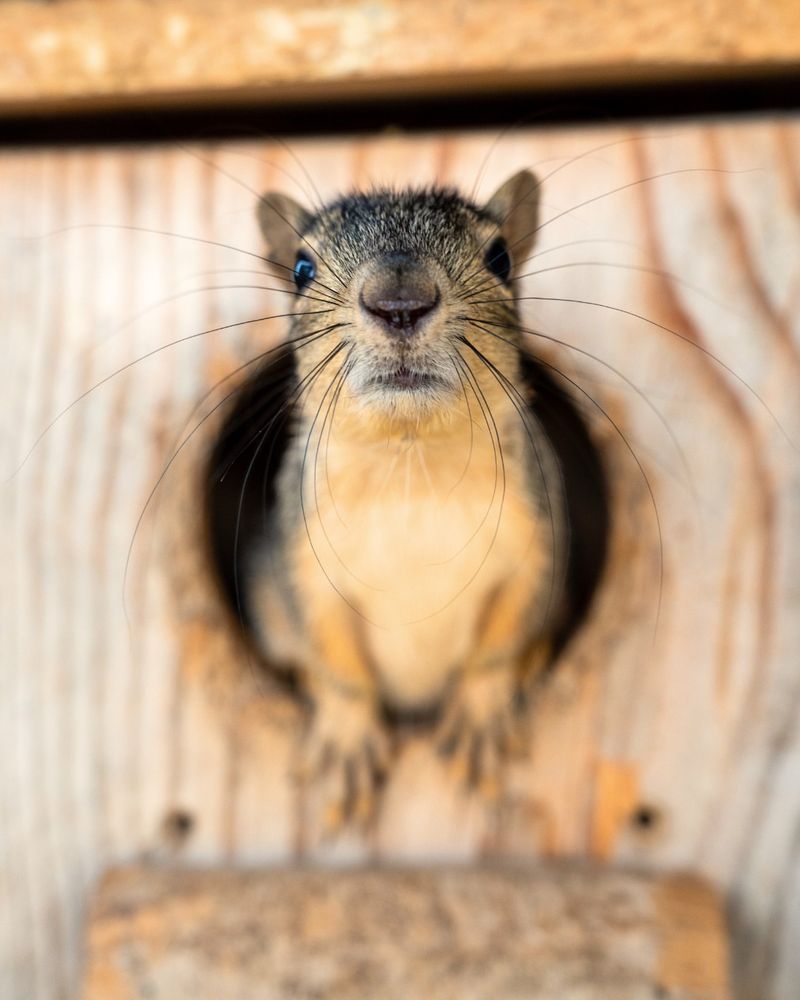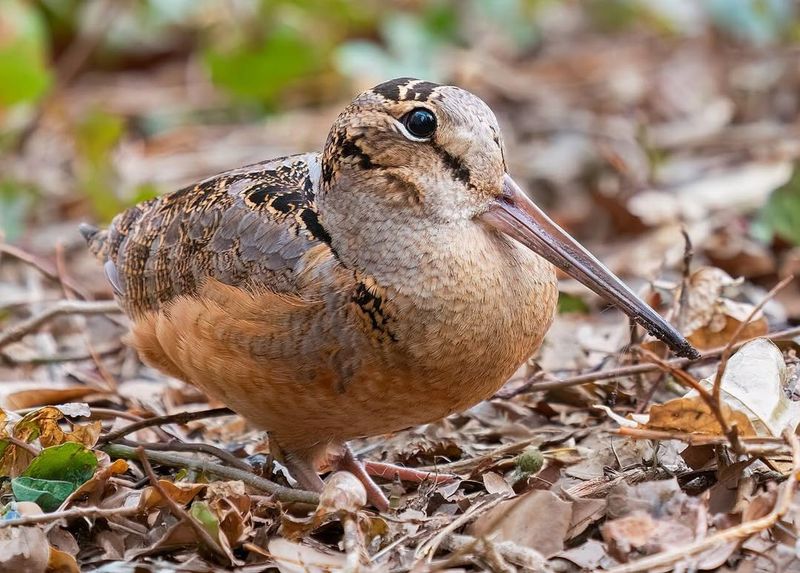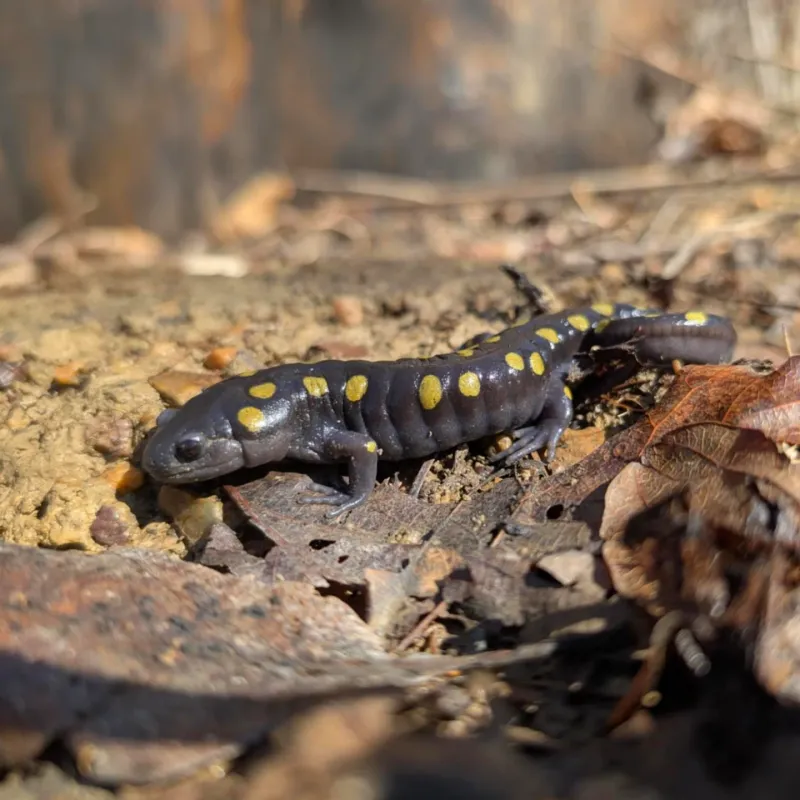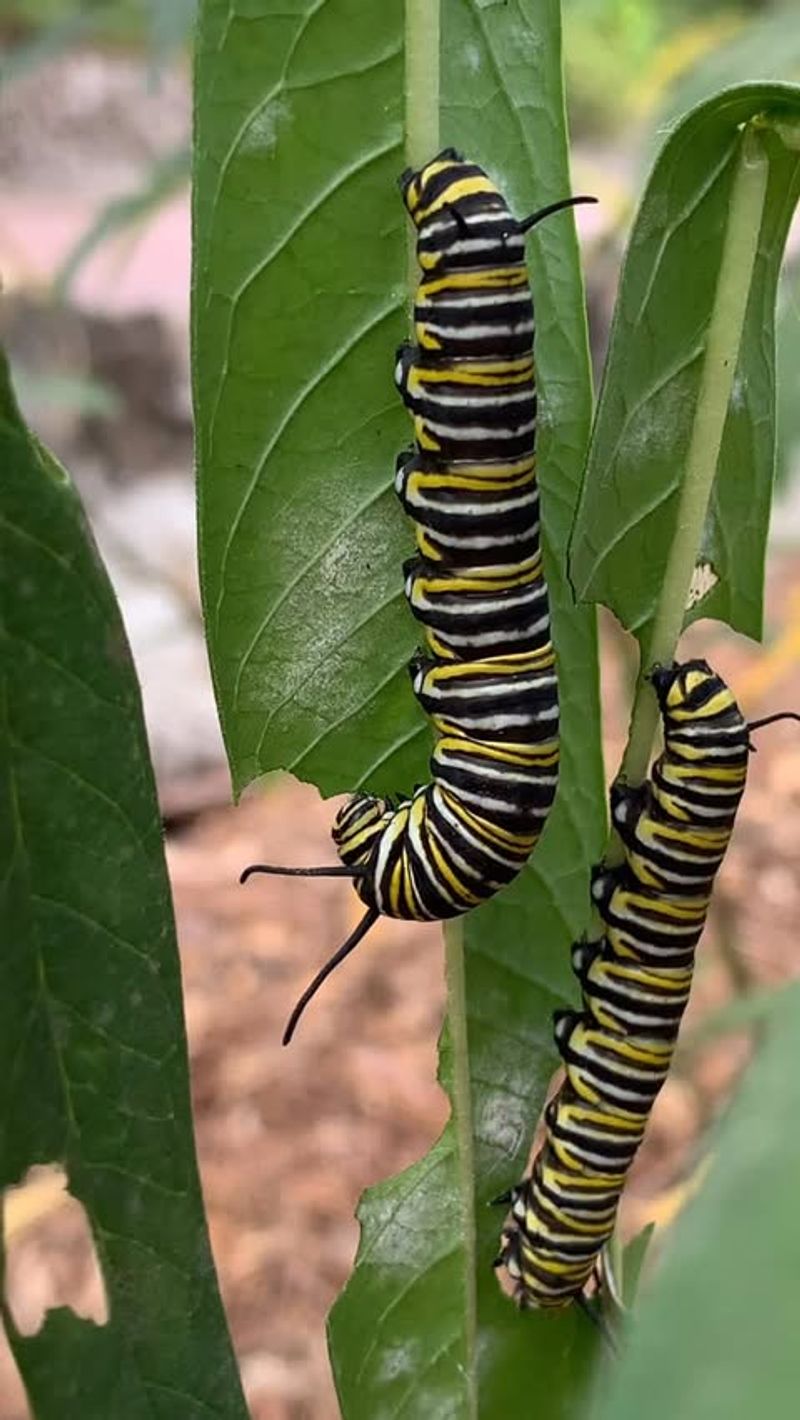Pennsylvania has laws that protect certain animals, even when they wander into your yard or home. Removing or harming these protected creatures can lead to serious fines or legal trouble.
Understanding which animals are off-limits helps you stay on the right side of the law while respecting nature’s important role in our ecosystem.
1. Eastern Box Turtle
Spotting one of these slow-moving reptiles with their domed shells might seem like a perfect pet opportunity, but think again. Pennsylvania law strictly prohibits taking box turtles from the wild because their populations have declined dramatically over the years.
These turtles can live over 100 years and play vital roles in controlling insects and spreading seeds. If you find one crossing your driveway, simply let it pass safely.
Moving them even short distances can disrupt their home territory, which they remember for life.
2. Little Brown Bat
Finding bats roosting in your attic can be unsettling, but harming or removing them yourself breaks state wildlife laws. White-nose syndrome has devastated bat populations across Pennsylvania, making their protection absolutely critical.
A single bat devours thousands of mosquitoes and crop-damaging insects every night. Professional wildlife experts can legally relocate colonies using humane exclusion methods during specific seasons.
Never seal entry points while bats are inside, especially during summer when baby bats cannot fly yet.
3. Red-Shouldered Hawk
With piercing calls echoing through neighborhoods, these raptors sometimes nest surprisingly close to homes. Federal and state laws protect all hawk species, making it illegal to disturb their nests or harm them in any way.
Red-shouldered hawks control rodent and snake populations naturally, providing free pest management services. Their presence indicates a healthy local ecosystem with abundant food sources.
If one builds a nest near your property, consider yourself lucky to witness nature’s drama unfold throughout the breeding season.
4. Timber Rattlesnake
Fear often drives people to kill venomous snakes on sight, but Pennsylvania classifies timber rattlesnakes as a candidate species for threatened status. Killing or capturing them violates wildlife protection regulations and carries hefty penalties.
These snakes are incredibly shy and avoid human contact whenever possible. They control rodent populations that would otherwise explode and damage property or spread disease.
If you encounter one, back away slowly and give it space to retreat into the woods naturally.
5. Northern Flying Squirrel
Most people never see these nocturnal acrobats gliding between trees under moonlight. Pennsylvania lists them as endangered, making any interference with their habitat or capture strictly forbidden by law.
Flying squirrels nest in tree cavities and occasionally find their way into attics or birdhouses. Unlike their common gray cousins, these rare squirrels need old-growth forests to survive.
Contact wildlife authorities immediately if you discover one living in your home rather than attempting removal yourself.
6. American Woodcock
Sometimes called timberdoodles, these plump birds perform incredible aerial displays during spring mating season. They are classified as migratory game birds, protected under federal law except during regulated hunting seasons.
Woodcocks probe garden soil with their long beaks, eating grubs and earthworms that could damage plant roots. Their cryptic coloring makes them nearly invisible when sitting still among fallen leaves.
Disturbing their ground nests or chicks outside hunting season results in serious legal consequences for property owners.
7. Spotted Salamander
On rainy spring nights, these striking amphibians migrate to breeding pools in massive numbers. Pennsylvania regulations protect salamanders from collection because they serve as important indicators of environmental health.
Their skin absorbs toxins easily, making them vulnerable to pollution and habitat destruction. Spotted salamanders spend most of their lives underground, emerging only briefly to reproduce.
Kids often want to keep them as pets, but doing so is illegal and harmful to declining amphibian populations statewide.
8. Monarch Butterfly Caterpillar
Those colorful striped caterpillars munching your milkweed plants are actually protected under various conservation initiatives. While not technically illegal to remove in all cases, Pennsylvania actively encourages their protection due to dramatic population declines.
Monarchs undertake incredible multi-generational migrations spanning thousands of miles. Milkweed is their only food source, making every plant and caterpillar precious for species survival.
Planting native milkweed varieties helps support these iconic butterflies better than removing caterpillars ever could.

